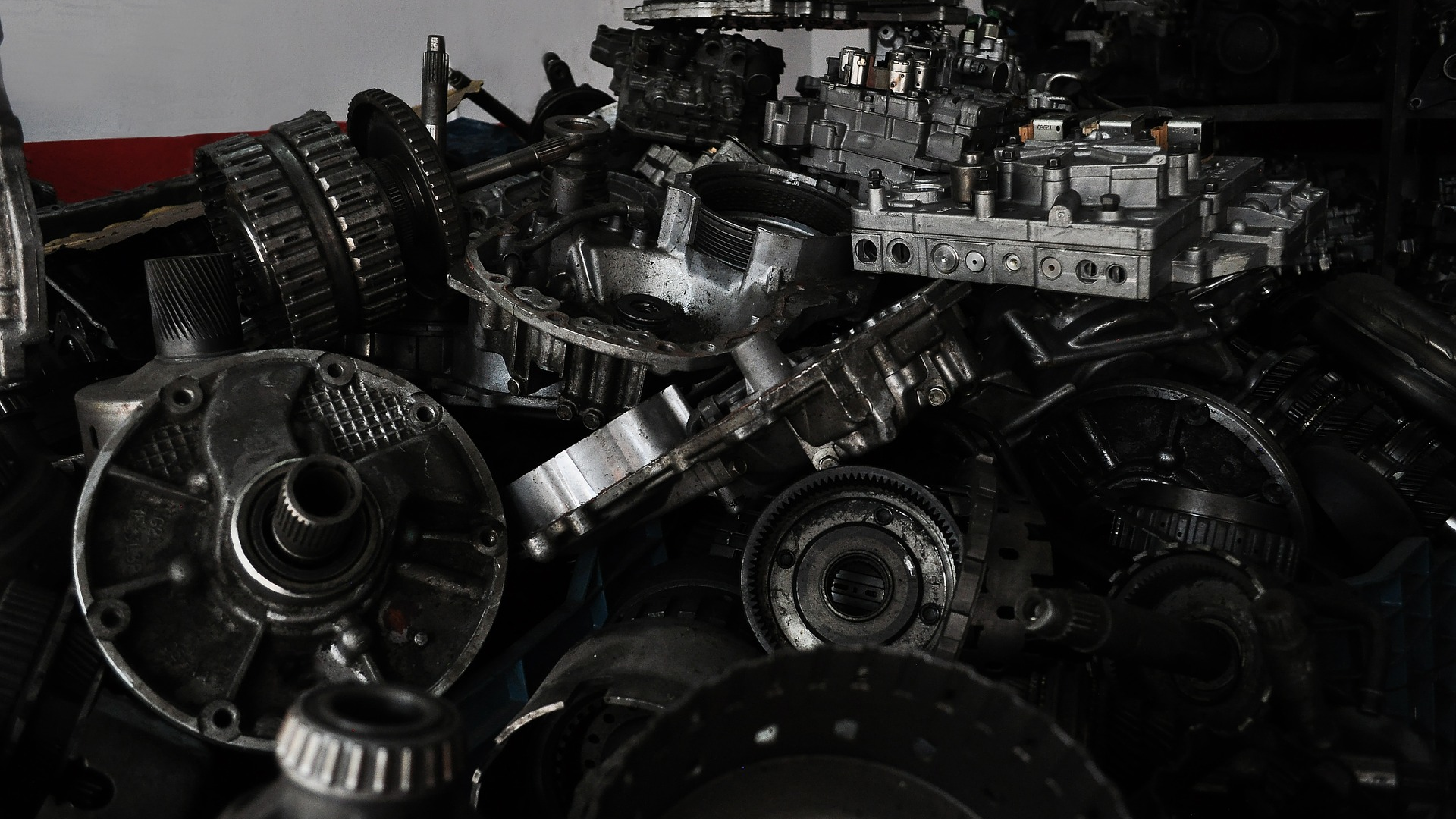Automotive fans certainly know him perfectly. The OE number means “original equipment”, which is the original equipment used by the manufacturer. This abbreviation is one of several others that sorts out the types of components for motor vehicles that are subject to wear and replacement. The introduction of individual categories has significantly facilitated the daily operation and repair of drivers.
What changed the introduction of the number?
According to the guidelines introduced by the European Union, each car owner can decide whether they want to repair it at an authorized service centre or in a universal workshop. A significant change also applies to the use of spare parts. Earlier, in order to keep the manufacturer’s warranty, it was necessary to use only the car services of the particular brand, only using original components. This was the basis for maintaining the continuity of services. Parts in the vehicle have always been meticulously checked. If it turned out that they came from a source other than the manufacturer’s, any complaint or defect was rejected.
This state of affairs was often very troublesome for drivers because the original parts were often much more expensive than replacements, which were not impaired by quality. Nevertheless, the regulations worked relentlessly until the GVO Directive was introduced.
How is OE number different from others?
Number OE is one of several categories sanctioned by EU authorities. It means only the original parts with the car manufacturer’s logo. To make the distinction, other abbreviations have been introduced (OEM, OEQ and AM). Each of them specifies a different type of spare parts for the vehicle (among others, substitutes acceptable by car services of a particular brand or those with an unspecified source of origin).
OE number history
The distinction between automotive spare parts designations has its source in the EU GVO directive adopted in 2010. A need to introduce changes arose from the fact that the existing rules were very burdensome for car users. The use of a non-original part could even break the warranty contract. In turn, the monopoly of large corporations on the production of spare parts caused price increases. They were even several times higher than substitutes. And users, having no other choice, had to buy very expensive parts.

The EU directive freed the automotive market, as the earlier rules violated the law of fair competition. Thus, it opened a gate for independent enterprises, whose activities are more universal, not associated with any particular producer. Until the changes were made, they had their hands tied and often lost in an unequal battle.
It also often happened that producers of alternative solutions did not have access to reliable information and systems. They would allow them to create good quality products. The GVO directive of 2010 meant that they received access to data. Thanks to them, their parts can fairly compete with the original, signed logo of a particular car brand.
What does the OE number look like and where can it be found on car parts?
The OE number is usually a combination of numbers and letters. This assay is unique and provides some sort of DNA code for a specific part. What’s more, thanks to modern technological capabilities, we can find the desired parts in stores or on the web after this number. Most suppliers already have this functionality active.
Each part has its own “tag”, which allows it to be identified. Usually, it is located on the side of the element. We will find there all useful data and information, including the OE number.
Are parts that have an OE number better than others?
According to current guidelines, drivers have complete freedom in choosing the right service and used parts for their car. Anyway, some specialists emphasize that the use of OE parts is very important for the proper functioning of the vehicle. Why? Is this really the case?
The main advantage of the original elements is that their creators designed and created them for a specific car brand and model. This solution guarantees that the parts used will be completely safe for our car. Versatility, in this case, is not always a good feature. Meanwhile, the element dedicated to a specific model perfectly fits into its needs.
Each brand has its own identity and guiding ideas that are reflected in manufactured cars. Individual elements must, therefore, form an integral whole. Original parts correspond to the technical specification of the vehicle and its characteristics. Their use allows for optimal use of the car model.
It cannot be denied that the use of original parts has some advantages. However, it is worth being aware that the goal of the EU directive was to optimize various options in some way. It allowed the competition to speak, which can also offer high-quality service and parts.
Therefore, when choosing spare parts for your car, it is worth carefully familiarizing yourself with the current offer. Now much wider than before 2010.
